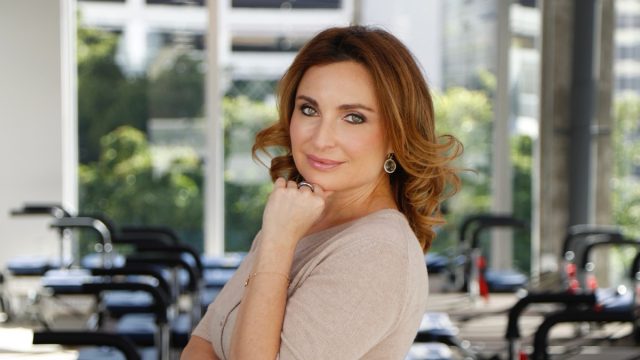5 Ways I Got My Dream Body Back After a Slump

Thirteen years into founding JETSET Pilates, my daily fitness and Pilates regimen and commitment to healthy eating had kept me strong, lean, and feeling great. However, as I approached my 50th birthday, a transformative moment struck – I stopped seeing results, making me rethink my health approach. Despite dedicated Pilates sessions and nutritious meals, I sensed a disconnect. It was as if the engine inside me needed more precise care for the outer parts to respond. Feeling off-kilter, I recognized the signs of fatigue that lingered. I sought guidance from my holistic coach in Miami, Kimmy Small. Her advice prompted me to delve deeper into my health journey to regain my dream body.
Comprehensive Assessment via Tailored Blood Work

Consider undergoing a thorough health assessment. Mine took place at Bio Station in Miami and I was in for an unpleasant surprise that explained why my routine no longer worked. A comprehensive blood workup can reveal crucial biomarkers, providing insights into hormone imbalances, testosterone levels, Progesterone, Estrone levels, and more. Understanding these factors is the first step toward a tailored plan for holistic well-being.
Related: Lose 50 Pounds in 90 Days with This Simple Habit, Says Expert
Customized Plan to Optimize My Markers

After that, a longevity doctor worked with me on a tailored plan to get me back on track in 3 months. That plan included both holistic and prescribed therapies.
Sleep Optimization

Recognize the significance of quality sleep in your overall well-being. As part of my journey, investing in an Oura ring provided valuable insights into sleep patterns. I realized that while working later at night was my productive time, if I did not go to bed before 10pm, my sleep markers were significantly down the next day.
Related: Woman Amazes With Flat Belly After Shedding 50 Pounds in Less Than a Year
Tailored Fitness Routine

Once I was able to fix the engine of my body, I was able to tailor better my fitness routine and seethe results I wanted. While in my 30s I was able to get away not doing cardio or heavy weights, my new routine included Pilates sessions at JETSET Pilates with heavier weight training and more cardio. Because I did not like indoor treadmills or bikes, I learned to play Paddle which provided for intense cardio intervals on the courts.
Related: Whitney Johns Shows Off Her Fit Body and Unveils Her at Home Workout
Mind-Body Connection

In the revealing analysis of my biomarkers, it became evident that stress was the silent architect behind various issues impacting my well-being and hindering my fitness results. Instead of merely addressing the symptoms, I realized the necessity of delving deeper into the root cause – stress. I started to create my own morning and evening dynamic stretching routines that were a mere 7 minutes long and that I could do at home. This journey as we age is more than skin-deep and is more than learning about what fitness method is the best—it's about optimizing the intricate balance within. Armed with newfound knowledge, I embarked on a holistic approach to my 50s, realizing that true wellness involves not only physical strength but also a harmonious integration of science, self-discovery, and a commitment to overall well-being.
Tamara Galinsky is a Brand President & Founder of JETSET Pilates




